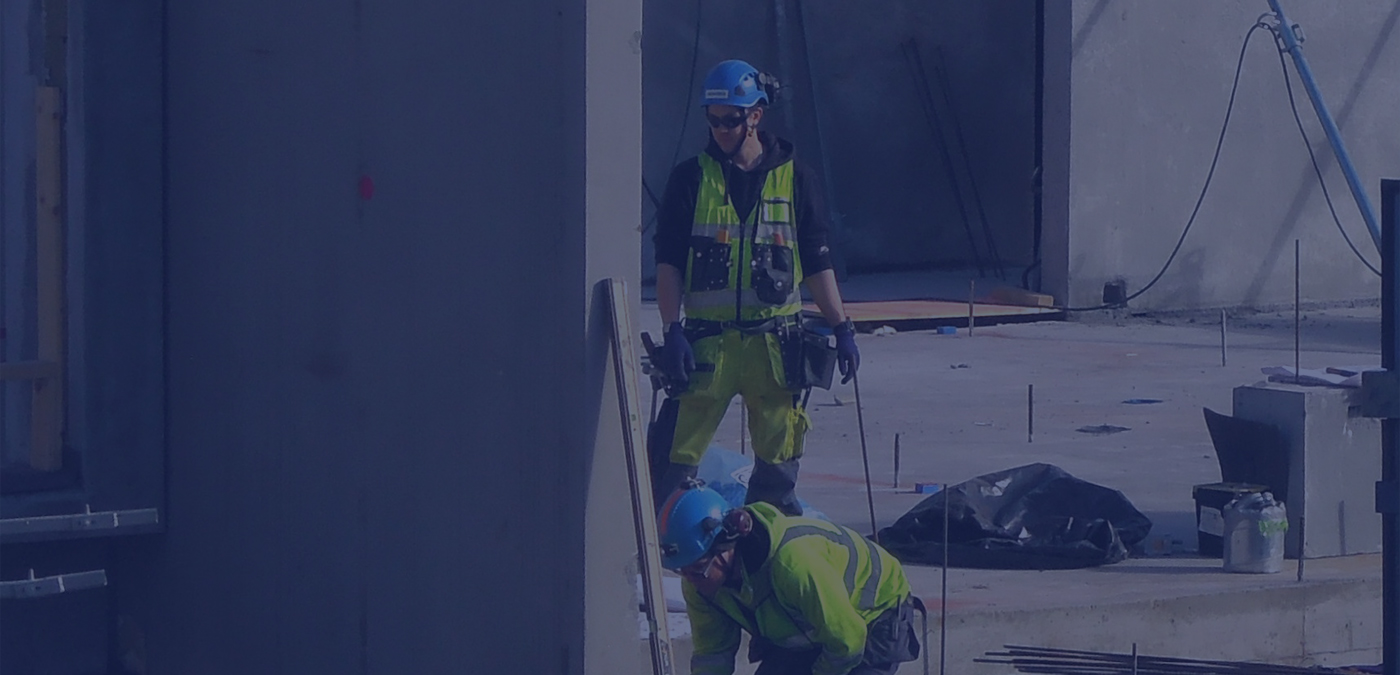
Five ways to ensure effective team communication on construction projects
1. Use technology
Project management and collaboration software lets you connect your team in a common platform and record communication and activity digitally within the project plan itself. ManagePlaces records team communication in real-time and allows teams to hone in their communication to specific tasks and areas of the project, making it easier for all team members to understand what’s going on.
2. Schedule a partnering session
Establishing a communication structure between the key project personnel is essential on any project. It’s best practice to formalise this process by arranging a pre-construction meeting between the core project team as well as the client. This session should be used to develop trackable project and partnership success goals, and to establish a communication protocol along with a process for resolving disputes (dispute ladder).
3. Establish a clear chain of command
The larger your project is in scale, the more important it is to define clear lines of communication and assign key points of contact for each area of responsibility. It’s important to define expectations and targets to ensure a proactive approach from the team is taken in achieving effective communication.
4. Track revisions to drawings and plans
Errors on drawings and plans are a common cause of miscommunication on construction projects. It is vital to be able to quickly track revisions if needed to pin point the origin of the miscommunication and fix it more quickly. The quickest and most effective way to achieve this is with a good document management system. Document management in ManagePlaces is purpose-built for the construction industry, allowing you track revisions to any document and view the full document history including comments, shares and version history. The software also organises your documents in the relevant projects and tasks for you so they’re always just a click away.
5. Minimise emails
Emails are essential for the day to day running of nearly any business, however, when used as a form of communication on construction projects, they do come with some downsides. For one, they’re slow. People aren’t glued to their inbox and emails are often not responded to until the recipient is back in the office or off-site. Even then, the email is not recorded centrally and is too detached from the project to be an effective method of collaboration.
Digital collaboration tools allow you to connect your team in a common platform and record communication. It’s important to choose a platform that captures collaboration and activity in real-time so that team communication flows and project delivery speeds up.
Why ManagePlaces?
ManagePlaces is award-winning because it has been purpose-built for the construction industry to address the unique challenges that construction teams face. Collaboration takes place directly in the relevant project, tasks and documents, and is recorded in real-time. The software automatically reminds team members on upcoming tasks and allows you to set clear roles and permissions so that you know your people have access to exactly the information they need.



